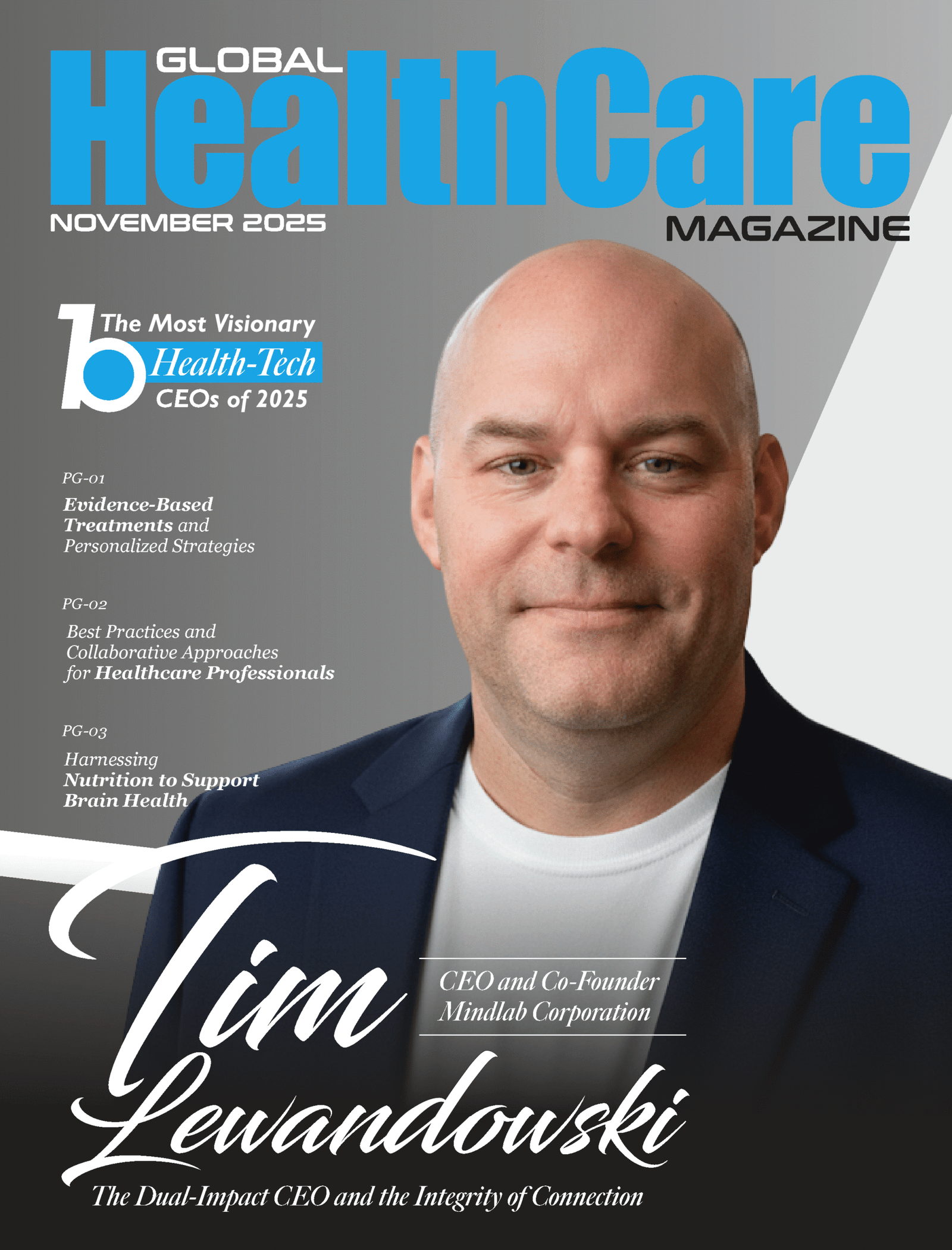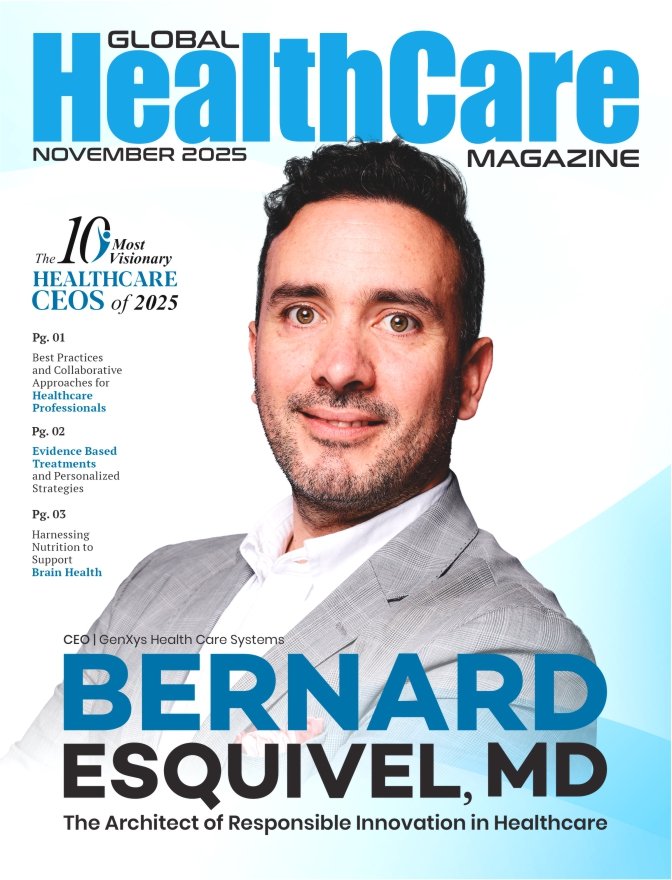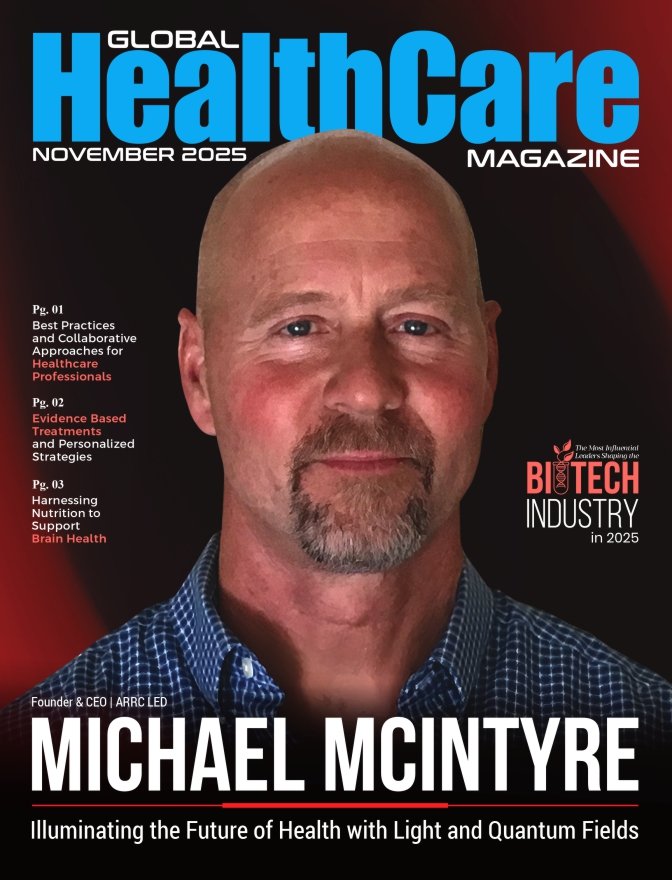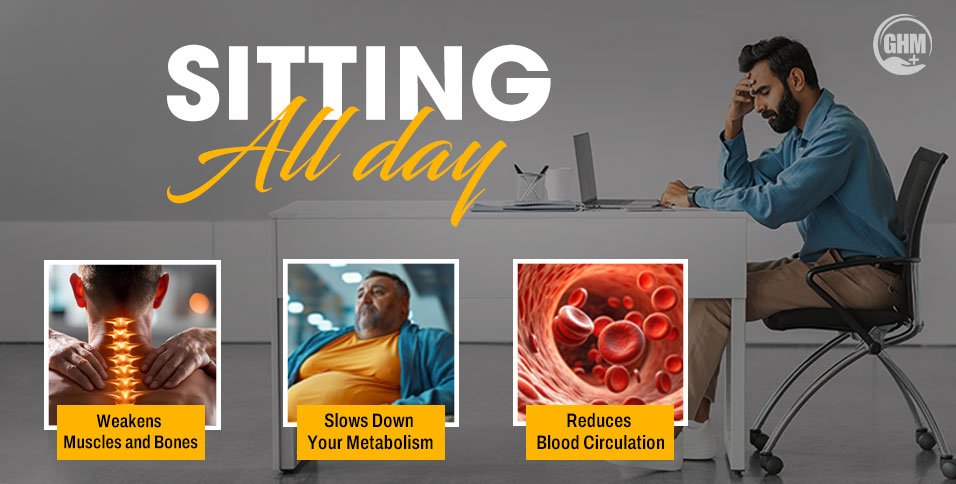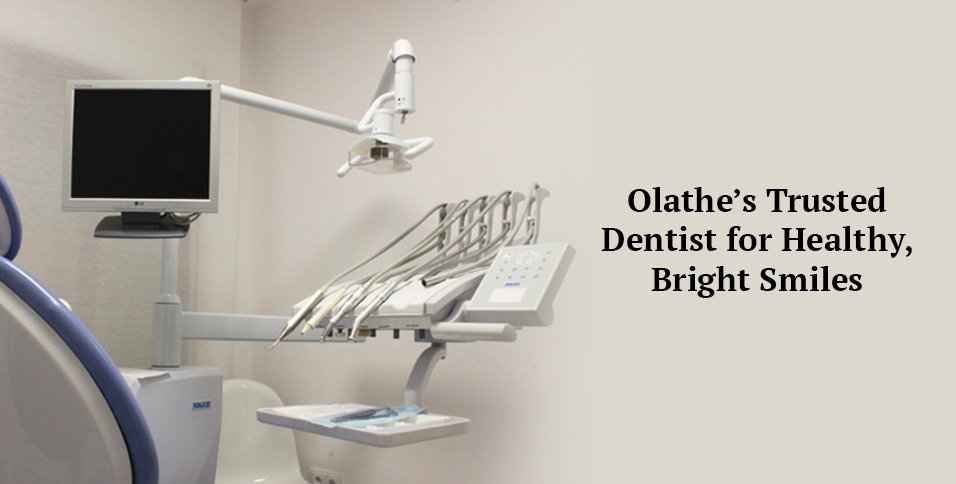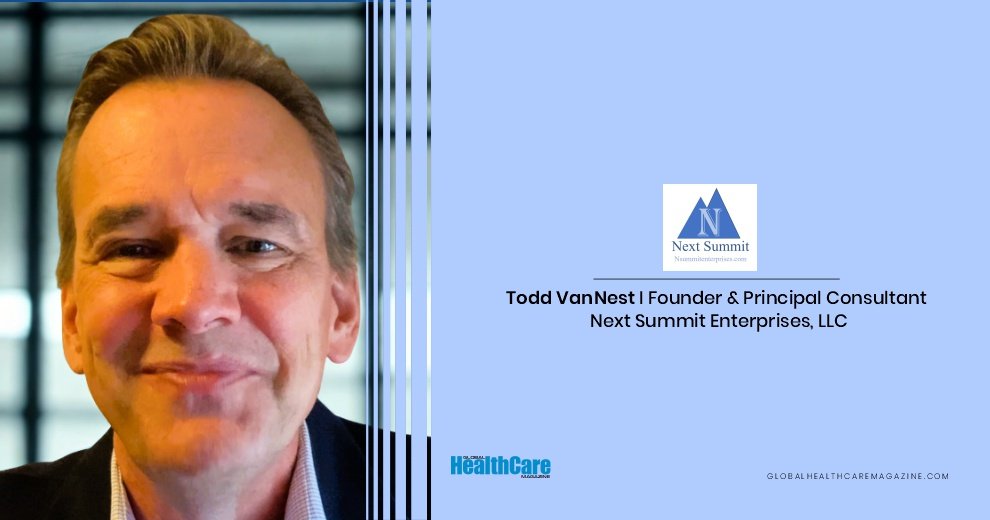In Phoenix, the sun doesn’t just shine; it presses down with a physical weight. It bleaches the color from the sky and bakes the earth into a hard, cracked canvas. Rising from this heat-shimmering floor is Camelback Mountain, a landmark so iconic it feels less like geology and more like mythology. From a certain angle, it looks like the spine of some great, sleeping creature, its vertebrae of red rock and sandstone articulating against the horizon. It is a constant, elemental presence. It is also the name Dr. Harvinder Bedi chose for his spine surgery practice, and the choice feels less like branding and more like a statement of purpose.
Inside the cool, quiet rooms of Camelback Spine Care, the oppressive heat of the Arizona desert feels a world away. The air doesn’t hum with the anxious, institutional energy of a typical clinic. The lighting is soft. The chairs are comfortable. The silence is calm, not clinical. And at the center of this carefully curated quiet is Dr. Dr. Bedi himself. He moves with an unhurried grace, his voice calm and measured. He has the kind of presence that seems to absorb anxiety from a room. He is a man who has spent his entire career studying the human spine—that intricate, essential, and often treacherous landscape within our own bodies. But in 2021, he decided that treating the spine wasn’t enough. He needed to build a new landscape for healing itself, an oasis of care in a desert of medical impersonality.
The Blueprint of a Spine
Every surgeon’s hands tell a story of their training. Dr. Bedi’s story begins in the cool, green environs of upstate New York, at SUNY Upstate Medical University and then the University of Buffalo for his orthopedic surgery residency. It was there he learned the fundamentals, the grammar and syntax of bone. But the pivotal chapter was written under the relentless sunshine of Los Angeles. In 2011, Dr. Bedi was accepted into the combined neurosurgical and orthopedic spine fellowship at Cedars-Sinai Medical Center, a place that exists at the absolute vanguard of spinal care.
To train at Cedars-Sinai is to be handed a map of the future. It’s a place where the lines between orthopedics (the structural engineers of the body) and neurosurgery (the electricians) blur into a single, holistic discipline. It was here that Dr. Bedi became fluent in the technologies that sound like science fiction to most: computer-assisted navigation that acts as a GPS for a surgeon’s instruments; artificial disc replacements that promise motion where fusion promises rigidity; minimally invasive techniques that allow a surgeon to rebuild a vertebral column through an incision the size of a keyhole. He was learning not just how to fix a spine, but how to do it with a level of precision and elegance that was previously unimaginable. He left with a blueprint in his mind—the schematic of the most advanced spinal care in the world. For the next decade, working in respected surgical groups around Arizona, he put that blueprint to good use. But a blueprint is not a home.
Building the Oasis
There comes a moment in many accomplished careers when the path of least resistance is to simply continue. To see patients, to perform surgeries, to collect a comfortable salary within a large, established institution. Dr. Bedi looked at that path and chose to turn off it, onto the rough, uncertain ground of starting his own practice. The question is why. Why trade the security of a large group for the immense risk and administrative burden of building something from nothing?
The answer is woven into the very fabric of Camelback Spine Care. It lies in the marketing copy that, for once, feels less like marketing and more like a constitution: “We treat our patients like family.” It’s a phrase so common it has almost lost its meaning. But Dr. Bedi decided to treat it as an engineering problem. What would it actually look like to build a practice around that principle? It would mean time. It would mean that a consultation isn’t a rushed, fifteen-minute transaction, but a long conversation. It would mean listening not just to a description of the pain, but to the story of the life that the pain is disrupting: the inability to lift a grandchild, the cancelled hiking trips, the fear of a future spent in a chair.
Building an oasis meant designing every process around the patient’s experience. It meant offering virtual visits before they were a necessity. It meant creating an environment where a patient feels seen and heard, where their goals—not the surgeon’s—dictate the treatment plan. For some, that might mean a complex spinal reconstruction. For others, it might mean finding a non-surgical path that allows them to keep playing golf. This philosophy, this radical commitment to personalization, is the soul of the practice. The cutting-edge technology he mastered at Cedars-Sinai is the powerful engine, but this deep-seated empathy is the steering wheel.
The Navigator
To watch Dr. Bedi work, or even just to hear him describe it, is to witness the seamless fusion of high-tech and high-touch. He talks about computer-assisted navigation with a calm clarity that demystifies it. He describes it as creating a three-dimensional, real-time map of the patient’s spine that is visible on a screen during surgery. Every instrument he uses is tracked on this map, its position known to within a fraction of a millimeter. It is an astonishing technological leap that transforms the act of surgery. It reduces risk, increases accuracy, and allows for less invasive procedures.
In his hands, this technology is not a cold, distancing force. It is the ultimate expression of personalized care. The map on the screen is a digital twin of the unique individual on the operating table. The technology allows him to be more precise, more delicate, more certain. It is a tool that serves the fundamental goal of healing, of restoring a person to their life. He is a navigator, in the most literal sense, charting a course through the most delicate territory in the human body. He is also a navigator in the figurative sense, guiding a patient through the fear and uncertainty of a spinal diagnosis, offering a clear path to recovery.
This dual role is what makes him a visionary. He saw a future where the most advanced surgical tools could be deployed within a system built on old-fashioned principles of compassion and respect. He understood that you could have both—the robot and the reassuring hand, the algorithm and the attentive ear. Then he went out and built it, from the ground up, in the middle of the desert. He built a place where people who have had their inner landscape thrown into chaos can come to be made whole again, so they might go out and once more climb the mountain on the horizon.
Also Read: Neurocare Visionaries: The Most Influential Neuro-Spine Surgeons, 2025



